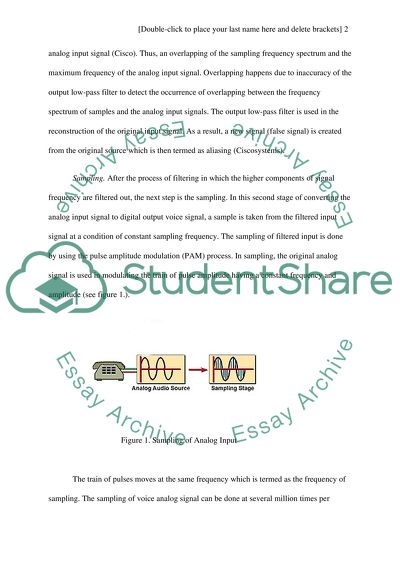Cite this document
(“Communication Systems Essay Example | Topics and Well Written Essays - 2250 words”, n.d.)
Communication Systems Essay Example | Topics and Well Written Essays - 2250 words. Retrieved from https://studentshare.org/technology/1503808-communication-systems
Communication Systems Essay Example | Topics and Well Written Essays - 2250 words. Retrieved from https://studentshare.org/technology/1503808-communication-systems
(Communication Systems Essay Example | Topics and Well Written Essays - 2250 Words)
Communication Systems Essay Example | Topics and Well Written Essays - 2250 Words. https://studentshare.org/technology/1503808-communication-systems.
Communication Systems Essay Example | Topics and Well Written Essays - 2250 Words. https://studentshare.org/technology/1503808-communication-systems.
“Communication Systems Essay Example | Topics and Well Written Essays - 2250 Words”, n.d. https://studentshare.org/technology/1503808-communication-systems.


